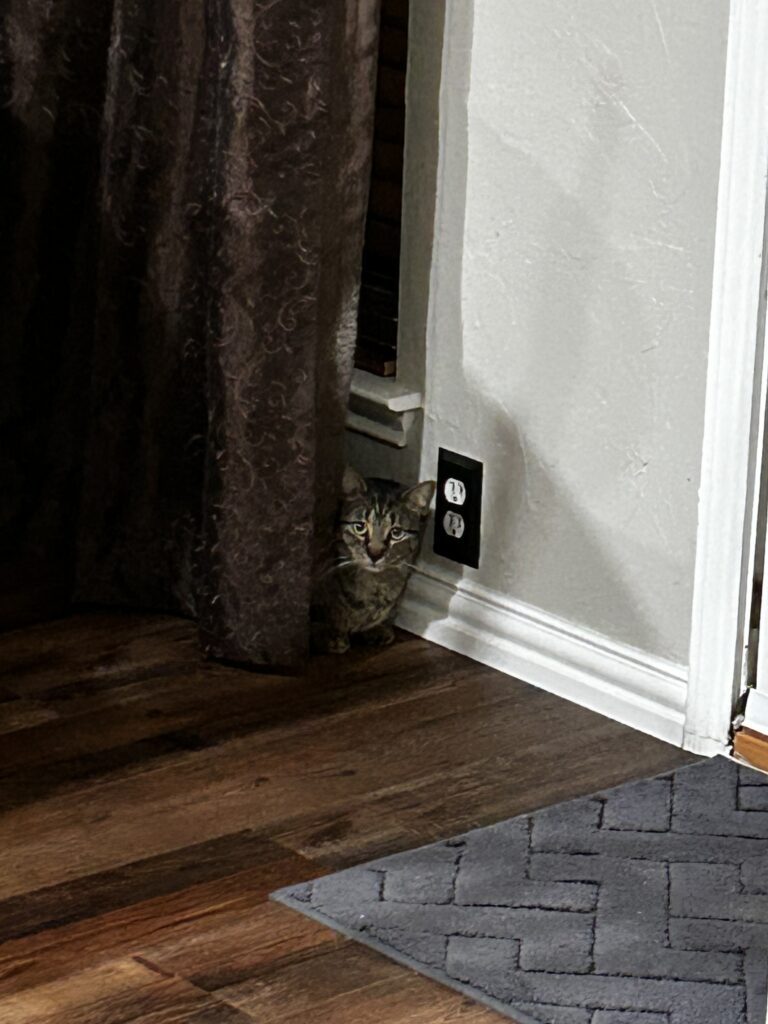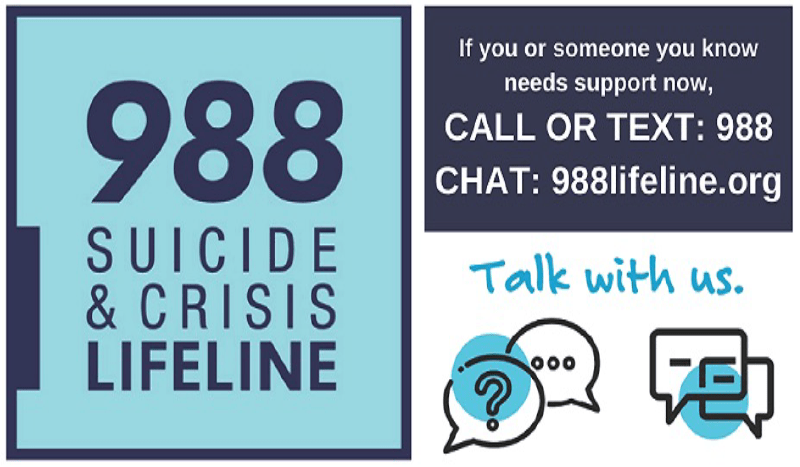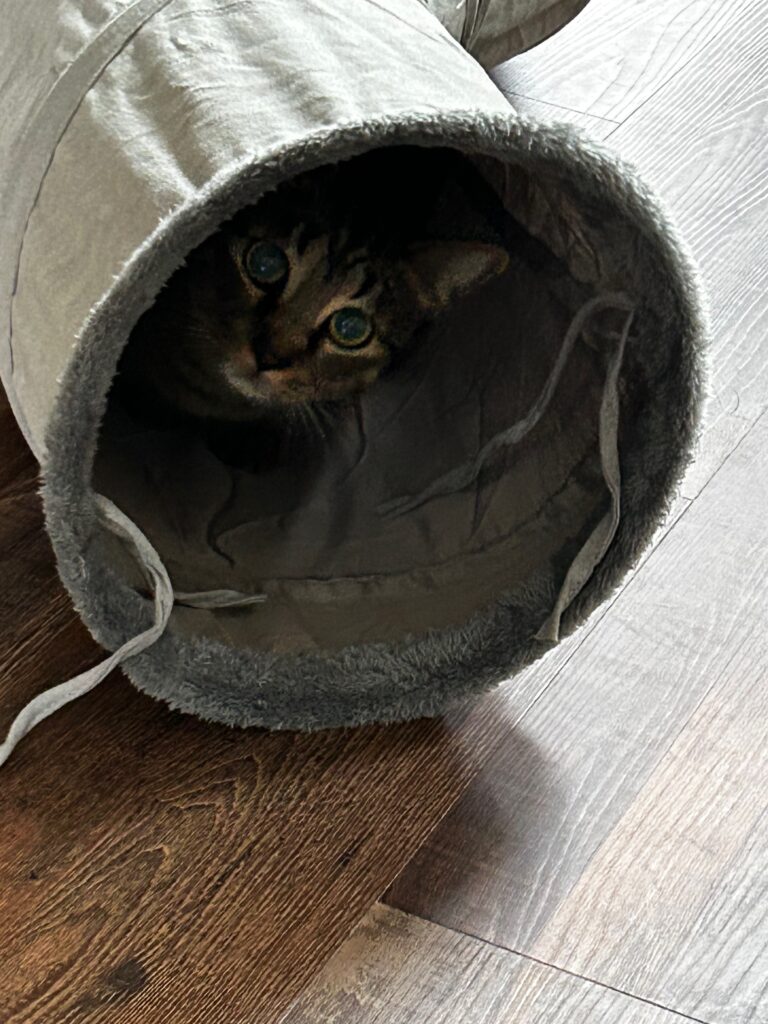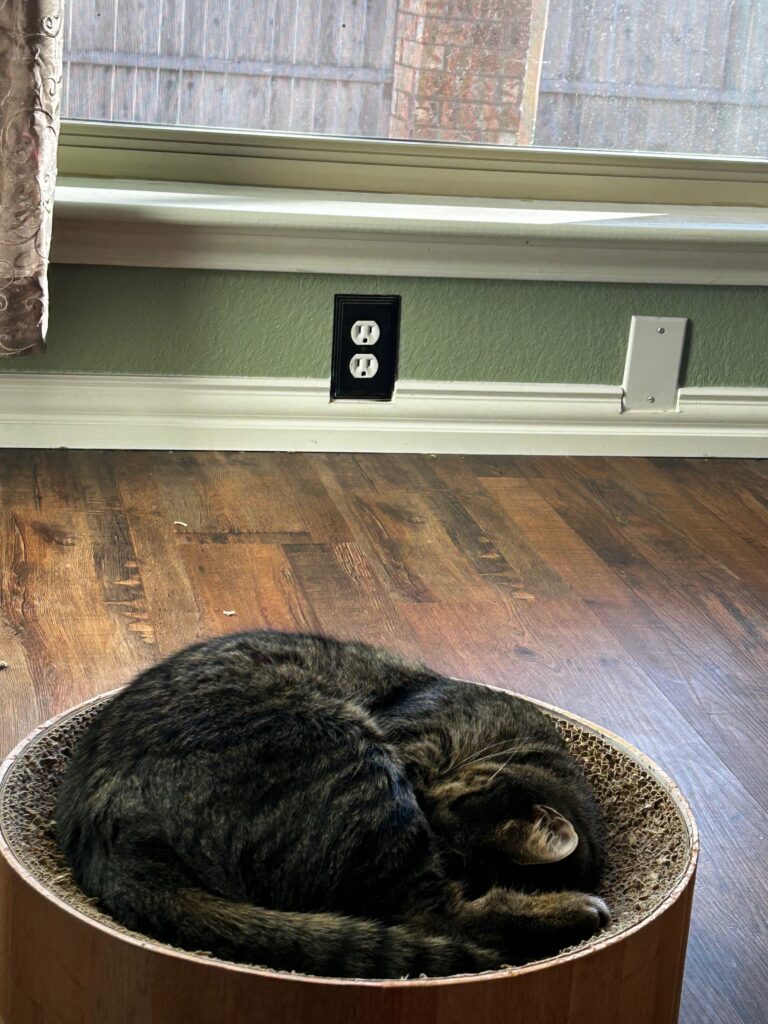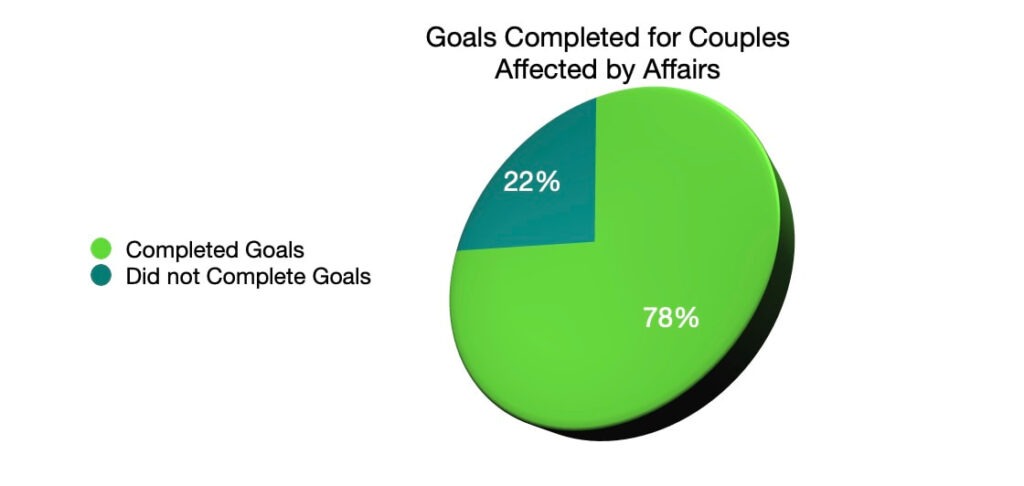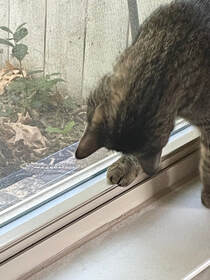Humility Goes a Long Way in Marriage

What makes you valuable? I often say in therapy that we all have a unique set of skills, talents, and abilities. When we share an intimate life with our marriage partner, we get the unique vantage point and blessing to see and experience all those skills, talents, and abilities. Yet, for all we bring to marriage that blesses and nurtures, we unfortunately disappoint and fail each other. This reality creates a tension between success and failure. The healthiest of married couples navigate this tension carefully and with skill. It means we need an honest assessment of our skills and honest ownership of our faults. Our partners need consistent, genuine validation of their contributions and graceful forgiveness of their failures. This is why I want to show you how humility goes a long way in marriage.
I grew up thinking that pride was bad. The rigid, legalistic tradition of my early faith years probably taught an overly literal interpretation of Proverbs 16:18:’ Pride goes before destruction and a haughty spirit before a fall ‘ (NRSV). As a kid, I had the idea that any sense of pride doomed you to certain destruction. But I think now we might need a bit more nuance and clarity in our perspective. Surely, an inflated, haughty spirit is bad (we will talk about this later). And honestly that is what I think the ancient wisdom is trying to teach us. But pride is something that is more subtly good and necessary for our mental health.
I love Brené Brown’s definition of pride from her book, Atlas of the Heart.
Pride is a feeling of pleasure or celebration related to our accomplishments or efforts.
Brené Brown
We need this type of pride because it encourages and uplifts. It accurately celebrates.
But the pride we don’t need is Hubris. This is what the ancient wisdom literature of Proverbs references. Again, Brené Brown gives us a good definition of Hubris.
Hubris is an inflated sense of one’s own innate abilities that is tied more to the need for dominance [to win] than to acutal accomplishments.
Brené Brown
Hubris not only exaggerates but also monopolizes. It is based on a misuse of power. Nobody needs this.
We definitely don’t need hubris in marriage. Did you catch that little bit at the end of the definition that ties hubris to dominance? It is far more about power than it is about your true skills, gifts, and abilities.
In my work with couples, I have found that many cycles of conflict can have a component of hubris. One partner needs to “win.” They must prove their “rightness” and their partner’s “wrongness.” And if both partners are determined to win, we better hold on tight. The fight is likely to get ugly quickly, and some form of harm will likely come to both. It doesn’t have to be this way, and the research shows that this type of gridlock is never healthy or productive.
Gottman’s research with married couples found that 69% of conflict is perpetual, with the same issues repeated. Successful couples don’t reduce perpetual conflict; they become better managers of it. They keep hubris and gridlock out of the conflict. There are specific tools to help you accomplish this goal. But first, you must understand the foundational need for humility.
Humility is openness to new learning combined with a balanced and accurate assessment of our contributions, including our strengths, imperfections, and opportunities for growth.
Brené Brown
I love this definition of humility. I want to break it down:
- “Openness” – being vulnerable vs. closed.
- “New learning” – a recognition that I don’t have all the answers to any given issue.
- “Assessment” – I am willing to look at myself and engage in self-reflection.
- “Strengths, imperfections, and opportunities for growth” – I know I have skills to contribute, but I am not perfect, and I can learn from the skills my partner brings to the marriage.
Humility is necessary in marriage because it is an openness within and between partners that is vulnerable and emotionally safe. Both partners are willing to offer the skills they bring and equally celebrate their partner’s abilities. We acknowledge and accept each other’s strengths and weaknesses. From this point, we can work together to achieve our goals rather than resist and fight each other. The couple is a community of two working towards the best interests of the two together rather than specific individual interests. We look for win-win outcomes, which are results that benefit the community of two. When one partner has to be the winner, we deal with hubris, but humility creates solutions where both win.
I think this quote again from Brené Brown says it well (bracketed words mine):
“I am here [in my marriage] to get it right, not to be right.”
Brené Brown
Humility keeps us from having to be right and win the fight. Humility helps us collaborate for the benefit of both, so that “we” get it right.
So what tools that I suggested earlier might help us eliminate hubris, increase humility and ultimately “get it right?” I have two suggestions:
- Turn down the emotional volume.
When we approach a challenge or problem in marriage it never helps to discuss the issue with the emotional heat turned up. This can be as obvious as not yelling, criticizing, or sarcastic tones. But more subtly it can be that we choose an internal attitude of acceptance, grace, and ultimately forgiveness towards our partner. We should be willing to give the benefit of the doubt and not assume what our partner was thinking, planning or intending. We should ask questions of genuine interest. If we become upset or “emotionally flooded” taking a break from the conversation is always helpful. - Accept the influence of your spouse.
This means honoring, validating, and celebrating your spouse’s perspectives and skills. Couples often get into point-counterpoint gridlocks when discussing a problem, and they can break that cycle by accepting each other’s influence. Rather than pointing out an alternative, or worse, trying to prove your partner wrong, you find agreement with as much of what they are saying as possible. You remain open to learning from them.


